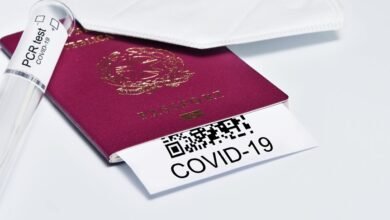1743816204 User Behavior After Failed Call Setup

User behavior following a failed call setup reveals significant patterns of frustration and adaptability. Typically, users will attempt to reconnect multiple times, reflecting their urgency for communication. When these efforts fail, they often turn to alternative methods, such as messaging apps or emails. This shift raises questions about user expectations and the reliability of telecom services. Understanding these dynamics is crucial for providers aiming to enhance customer satisfaction and trust. What strategies could effectively address these challenges?
Understanding the Impact of Failed Call Setups
A significant number of users experience frustration following failed call setups, which can lead to various behavioral responses.
These failed connections often result in diminished trust in communication technology, prompting users to seek alternative methods for interaction.
User frustration may escalate, affecting overall satisfaction and engagement levels, ultimately influencing their choice of service providers and communication platforms in pursuit of reliable connectivity.
User Reactions: What Happens After a Call Fails
How do users typically respond after a failed call setup?
Users often exhibit frustration, reflecting a common behavior pattern. This reaction can manifest as repeated attempts to establish the call or a shift in communication methods.
Observing these responses provides insight into user behavior, highlighting the importance of understanding their emotional state and adaptability in navigating the challenges posed by failed call setups.
Alternatives Chosen by Users in Response to Call Failures
Following instances of call failures, users frequently seek alternative methods to re-establish communication.
Commonly, they explore call redirection options, utilizing features such as forwarding to another number or device.
Additionally, alternative communication methods, including messaging applications and email, become prevalent choices.
These strategies reflect users’ adaptability and desire for uninterrupted connectivity in an increasingly digital landscape, emphasizing the importance of seamless communication.
Implications for Telecom Providers and Service Improvement Strategies
As call failures increasingly disrupt user experiences, telecom providers face significant implications for their service offerings.
Enhancing service reliability becomes paramount to bolster customer retention. By analyzing failure patterns and user behavioral responses, providers can implement targeted strategies that prioritize network stability and responsiveness.
This focus on improvement not only mitigates user frustration but also strengthens brand loyalty in a competitive market.
Conclusion
In conclusion, the aftermath of a failed call setup illustrates a critical juncture in user behavior, often leading to frustration and a shift towards alternative communication methods. For instance, a hypothetical case study of a user repeatedly attempting a call to a customer service line, only to resort to social media for assistance, underscores the urgency for telecom providers to enhance service reliability. Such adaptations highlight the necessity for continuous improvements in communication systems to retain user trust and satisfaction.





